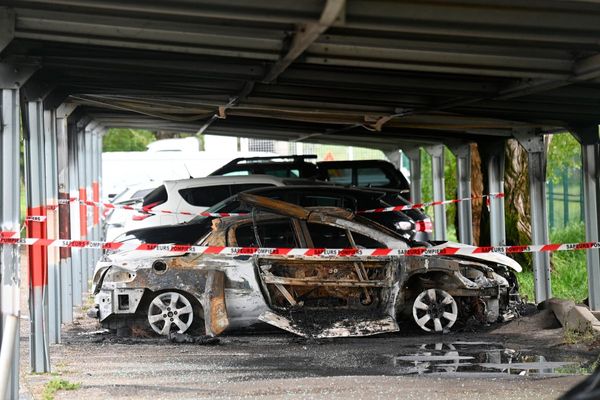
- The NHTSA is investigating Tesla's so-called ASS feature.
- Actually Smart Summon allows owners to fetch their cars remotely via a smartphone app.
- The NHTSA received reports of four crashes involving Tesla EVs with ASS activated.
The National Highway Traffic Safety Administration has opened a probe into 2.6 million Tesla vehicles in the United States after it received several reports of crashes involving the use of the so-called Actually Smart Summon–or ASS–remote driving feature.
The NHTSA said it is opening a preliminary evaluation of the feature over reports of four crashes involving Tesla electric vehicles, according to Reuters. As per the reports, the damaged EVs failed to detect posts or parked vehicles when users had Actually Smart Summon active, with some reports stating that the people involved “had too little reaction time to avoid a crash, either with the available line of sight or releasing the phone app button, which stops the vehicle’s movement.”
One complaint received by the NHTSA claims a Model 3 hit a parked car with a passenger inside in 2023. Another complaint alleges that a Model Y abruptly turned left and struck a parked vehicle.
The probe covers 2016-2025 Model S and Model X vehicles, 2017-2025 Model 3 EVs and 2020-2025 Model Y crossovers with the optional Full Self-Driving (Supervised) advanced driver assistance system installed.
When using Actually Smart Summon, a Tesla EV user can fetch their car from a distance, like in a large parking lot, without anyone in the car. The feature, which was reintroduced with a new name in September of last year, feeds a live view of what the car sees onto the user’s smartphone. The car only moves when a button on the smartphone app is pressed.
A previous version of the system, called Smart Summon, was released a few years ago but was ultimately canned because it was not ready for prime time.
The NHTSA said it will assess Actually Smart Summon’s maximum speed, use on public roads and line of sight requirements. Additionally, the probe will look into how the cars are being controlled via the smartphone app, what impact connectivity delays could have and what the system’s performance is in unanticipated conditions.
After the preliminary probe is finished, the NHTSA will decide if it will update it to an engineering analysis, which will enable it to require a recall. If this happens, Tesla will likely issue an over-the-air software update.







